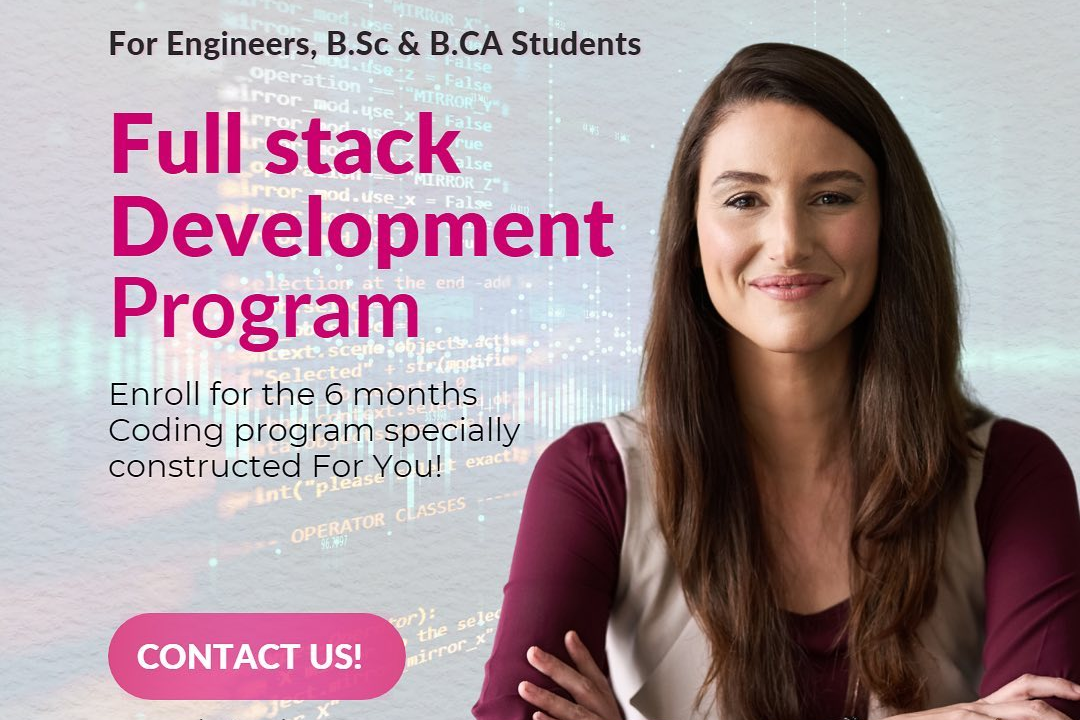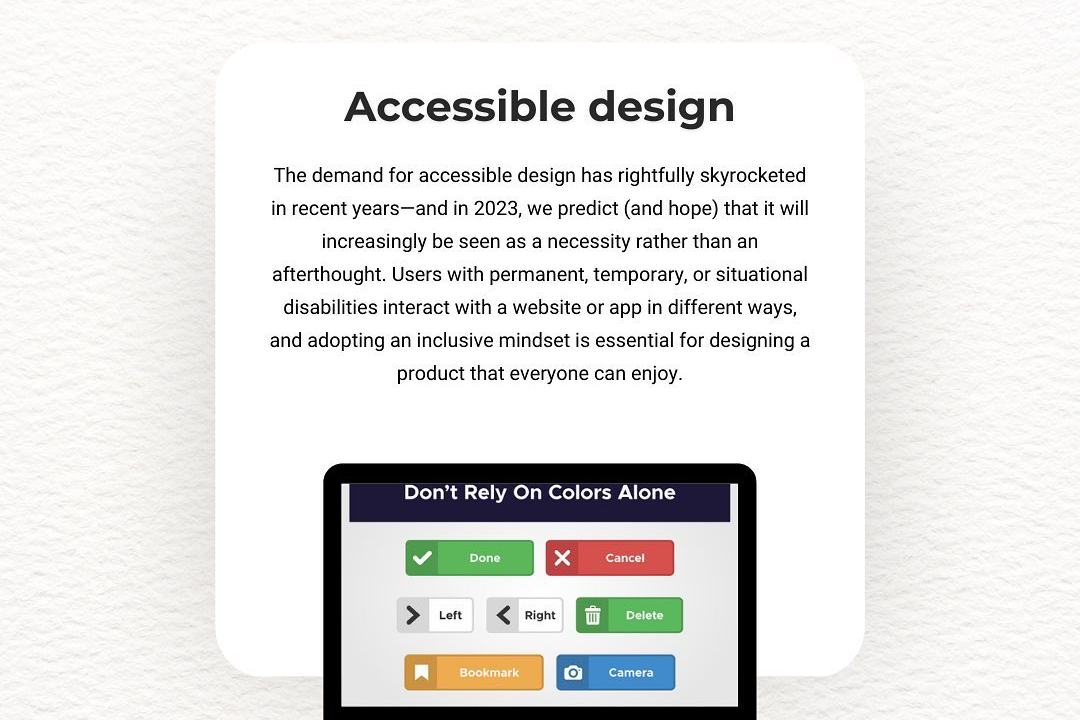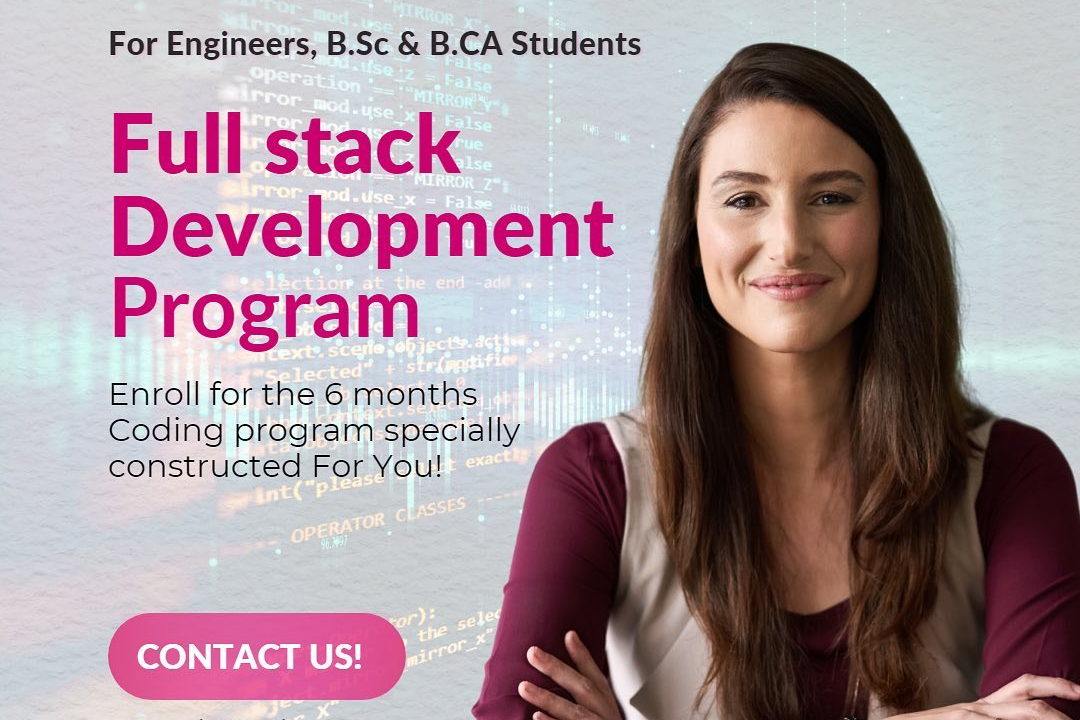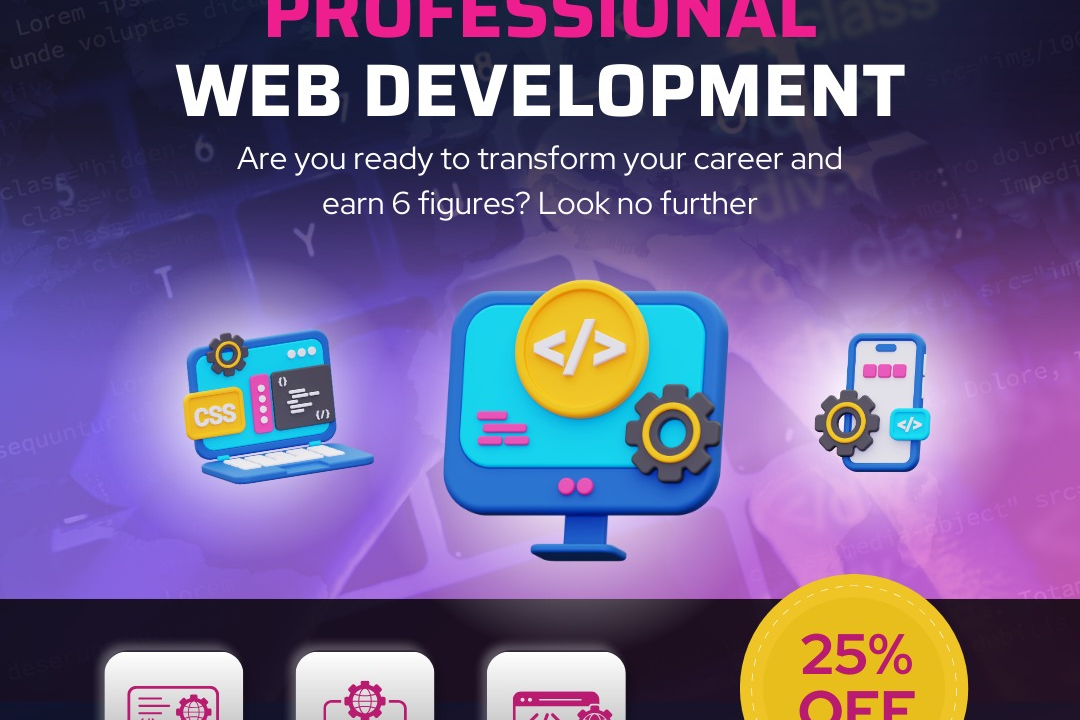Laravel Interview Questions And Answers Pdf
Comprehensive Laravel Interview Questions and Answers Guide
Laravel Interview Questions And Answers Pdf
A Laravel interview questions and answers PDF serves as a valuable resource for both aspiring and experienced developers looking to deepen their knowledge or prepare for job interviews in the Laravel framework. It compiles essential questions that cover foundational concepts, advanced features, and best practices related to Laravel, enabling candidates to familiarize themselves with common topics encountered in technical interviews. By providing clear and concise answers, this PDF not only enhances understanding of the framework but also boosts confidence, helping candidates articulate their skills effectively during interviews. Utilizing such resources can significantly improve one's chances of success in securing a job in the competitive field of web development.
To Download Our Brochure: https://www.justacademy.co/download-brochure-for-free
Message us for more information: +91 9987184296
1 - What is Laravel?
Laravel is a PHP web application framework that provides an elegant syntax and an expressive API, designed for building robust web applications with features like routing, sessions, caching, and authentication.
2) What are the main features of Laravel?
Key features of Laravel include Eloquent ORM for database management, Blade templating engine, routing, middleware support, security mechanisms, and built in tools for testing and debugging.
3) What is Eloquent ORM in Laravel?
Eloquent ORM (Object Relational Mapping) is Laravel's built in database abstraction layer that enables developers to interact with their database through an expressive syntax, allowing for easy record retrieval, insertion, and manipulation.
4) How does routing work in Laravel?
Routing in Laravel allows you to define routes for your application using a simple syntax that maps URLs to specific controller actions or closures, enabling clean and organized URL management.
5) What is a middleware in Laravel?
Middleware acts as a filter for incoming HTTP requests, allowing you to execute code before or after a request is processed, and can be used for tasks like authentication, logging, and CORS handling.
6) How can you handle form validation in Laravel?
You can handle form validation in Laravel by using the Validator class or by leveraging Form Request classes, which provide a clean and organized approach to validating input data before processing.
7) What are Laravel service providers?
Service providers are the central place of application bootstrapping in Laravel, where services are registered and configurations are set up, allowing for modular and manageable application development.
8) Explain Laravel migrations.
Migrations are version controlled scripts that allow developers to modify and share the application database schema, providing a structured way to create, update, and roll back database changes.
9) What is the purpose of .env file in Laravel?
The .env file holds environment specific configuration values (like database credentials and app settings) and ensures that sensitive information is not hard coded into the application's source code.
10) How can you create a RESTful API in Laravel?
You can create a RESTful API in Laravel by setting up resource routes, utilizing controllers to handle requests, and implementing response formatting using JSON, along with middleware for authentication.
11 - What is blade templating in Laravel?
Blade is Laravel's built in templating engine that allows developers to create clean and dynamic views using a simple syntax that enhances PHP with special directives and allows for layout inheritance.
12) How does Laravel handle security?
Laravel employs various security measures, including CSRF protection, password hashing using bcrypt, route protection via middleware, and protection against SQL injection through prepared statements.
13) What is the role of Composer in Laravel?
Composer is a dependency manager for PHP that Laravel utilizes to manage libraries and packages, allowing developers to define and install the application's dependencies seamlessly.
14) Explain Laravel queues.
Queues in Laravel provide a way to defer time consuming tasks such as email sending or video processing to a later time, improving application performance and user experience by handling these processes asynchronously.
15) What are Laravel jobs?
Jobs in Laravel represent a unit of work that can be dispatched to queues for background processing. By encapsulating specific tasks into job classes, developers can manage complex operations more efficiently and simplify code organization.
16) What is a Laravel notification?
Laravel notifications provide a convenient way to send alerts to users through various channels, such as email, SMS, or database. They can be triggered by events in your application and can include various content types.
17) How does dependency injection work in Laravel?
Dependency injection in Laravel allows you to manage class dependencies through Laravel's service container, promoting loose coupling and making your code easier to test and maintain by passing dependencies via constructors or method parameters.
18) What is the purpose of Laravel models?
Models in Laravel represent the data structure of your application, interacting with the database and encapsulating business logic related to data retrieval, modification, and relationships between entities.
19) How do you implement authentication in Laravel?
Authentication in Laravel can be implemented quickly using the built in authentication scaffolding. Developers can utilize features like registration, login, password reset, and user verification using simple artisan commands.
20) What are Laravel factories?
Factories in Laravel are used for generating fake data for testing and seeding databases. They define a blueprint for creating model instances with dummy data, allowing developers to populate their databases easily.
21 - How can you route to a controller in Laravel?
In Laravel, you can route to a controller by using the syntax `Route::get('url', ‘ControllerName@method’);`, which directs HTTP requests to the corresponding method within the specified controller.
22) What are Laravel policies?
Policies in Laravel are classes that organize authorization logic around a specific model or resource. They provide a clear way to manage access control and can be used to authorize user actions on resources.
23) Explain the purpose of Laravel events.
Events in Laravel provide a simple observer implementation that allows you to subscribe and listen for various actions occurring in your application. This promotes a decoupled architecture and enables the handling of cross cutting concerns.
24) What is Laravel's task scheduling?
Laravel's task scheduling allows you to define and manage scheduled tasks directly in your application, using the command scheduler to automate repetitive tasks such as sending emails, database pruning, or running commands.
25) How do you create and manage seeding in Laravel?
Seeding in Laravel involves creating seed classes that populate your database with test data. You can manage seeding through the console by using the command `php artisan db:seed` and can write custom logic in your seeder classes.
26) What are Laravel resource controllers?
Resource controllers in Laravel allow you to create a controller that handles typical CRUD operations (Create, Read, Update, Delete) for a resource using a single resource route, simplifying routing and controller management.
27) How do you handle file uploads in Laravel?
Laravel provides an intuitive file upload system that allows you to handle file uploads using the `Request` object. You can validate, store, and retrieve files easily using various filesystem drivers.
28) What are Laravel relationships?
Laravel supports various types of relationships (such as one to one, one to many, and many to many) between models, enabling easy management of associated data and providing methods to query related records efficiently.
29) What is the Laravel mix?
Laravel Mix is a powerful asset compilation tool that provides a clean API for defining Webpack build steps for your application, allowing you to compile and optimize CSS, JavaScript, and other assets with ease.
30) How can you implement caching in Laravel?
Caching in Laravel can be accomplished using various drivers, such as file, database, and Redis. You can cache results of expensive queries or rendering processes to improve performance and reduce response time.
31 - What is Laravel Sanctum?
Laravel Sanctum is a simple package for API token authentication that allows you to issue and manage API tokens for users, making it ideal for single page applications (SPA) and simple API implementations.
32) How does Laravel's built in testing framework work?
Laravel's built in testing framework is built on PHPUnit and allows developers to write unit tests, feature tests, and browser tests. It provides helpful testing helpers and methods to assert conditions and interactions.
33) What are Laravel guards?
Guards in Laravel are responsible for defining how users are authenticated for each request. They can be customized to implement different authentication mechanisms, like session based or token based authentication.
34) How do you implement localization in Laravel?
Localization in Laravel can be implemented using language files that contain strings in different languages. You can easily switch between languages based on user preferences or application settings.
35) What role does the config folder play in a Laravel application?
The config folder in a Laravel application contains configuration files for various aspects of the application, allowing you to manage environment settings, database connections, mail settings, and more in a centralized manner.
Course Overview
The “Laravel Interview Questions and Answers PDF” course is designed for aspiring developers and professionals looking to enhance their understanding of Laravel, a popular PHP framework. This comprehensive course covers a wide array of essential topics, including key features of Laravel, best practices for implementing MVC architecture, and real-time project management. Participants will be equipped with common interview questions, in-depth answers, and practical examples, enabling them to confidently approach interviews and demonstrate their expertise in Laravel. By the end of the course, learners will possess a strong foundation in Laravel concepts, improving their chances of success in technical interviews and bolstering their careers in web development.
Course Description
The “Laravel Interview Questions and Answers PDF” course provides an in-depth exploration of essential Laravel concepts and practices, targeted at developers preparing for job interviews. This course covers a comprehensive set of common interview questions along with detailed answers, ensuring participants develop a strong grasp of key topics such as routing, middleware, ORM, and Blade templating. With an emphasis on real-world applications, learners will engage with practical examples and scenarios that reinforce their understanding, equipping them with the confidence and know-how to excel in Laravel interviews. Perfect for both beginners and experienced developers, this course serves as a vital resource for anyone aiming to enhance their skills and career prospects in the competitive tech landscape.
Key Features
1 - Comprehensive Tool Coverage: Provides hands-on training with a range of industry-standard testing tools, including Selenium, JIRA, LoadRunner, and TestRail.
2) Practical Exercises: Features real-world exercises and case studies to apply tools in various testing scenarios.
3) Interactive Learning: Includes interactive sessions with industry experts for personalized feedback and guidance.
4) Detailed Tutorials: Offers extensive tutorials and documentation on tool functionalities and best practices.
5) Advanced Techniques: Covers both fundamental and advanced techniques for using testing tools effectively.
6) Data Visualization: Integrates tools for visualizing test metrics and results, enhancing data interpretation and decision-making.
7) Tool Integration: Teaches how to integrate testing tools into the software development lifecycle for streamlined workflows.
8) Project-Based Learning: Focuses on project-based learning to build practical skills and create a portfolio of completed tasks.
9) Career Support: Provides resources and support for applying learned skills to real-world job scenarios, including resume building and interview preparation.
10) Up-to-Date Content: Ensures that course materials reflect the latest industry standards and tool updates.
Benefits of taking our course
Functional Tools
1 - Laravel Framework
The core of the training program, the Laravel framework serves as the foundation for all the concepts and questions discussed. Laravel is a PHP framework that simplifies the development process with elegant syntax and a host of built in features, such as routing, sessions, caching, and authentication. The course provides a thorough understanding of these features, allowing students to become proficient in modern web application development practices.
2) PHP Programming Language
In order to work effectively with Laravel, a solid grasp of PHP is essential. The training program emphasizes key PHP concepts and functions that underpin Laravel's architecture. By understanding PHP's syntax, object oriented principles, and common functions, students will be equipped to write custom code within the framework and effectively troubleshoot issues.
3) Composer
Composer is a dependency management tool for PHP that is fundamental for Laravel development. The course covers how to use Composer to install and manage Laravel packages, which extend the framework's capabilities. Students will learn how to define project dependencies in a `composer.json` file and effectively handle updates, ensuring that their applications utilize the latest, secure libraries.
4) MySQL Database
This course incorporates MySQL as the primary database management system used in conjunction with Laravel. Students will learn to set up databases, create tables, and execute queries through Laravel's Eloquent ORM (Object Relational Mapping). The training also covers how to interact with the database in a secure manner, manage migrations, and work with relationships between data models. This knowledge is vital for developing dynamic, data driven applications.
5) Postman
Postman is an API testing tool included in the curriculum, allowing students to test their Laravel applications' RESTful APIs. The course guides learners on how to use Postman to send requests, receive responses, and validate outputs. This practical experience helps students understand how to build, test, and document APIs effectively, an essential skill in current web development environments.
6) Git and GitHub
Version control is a crucial aspect of modern development workflows, and Git serves as the primary tool for managing code changes. The course introduces students to Git commands and workflows, alongside how to use GitHub for collaboration and project management. Understanding how to handle branches, pull requests, and issues will prepare students for working in teams and managing projects in a professional setting.
Each of these tools is integral to the course, enhancing not only the technical skills of the participants but also their overall competence in the software development landscape.
7) RESTful API Development
Understanding how to design and implement RESTful APIs is a key component of the Laravel training. Students will learn about principles such as resource representation, stateless interactions, and standard HTTP methods (GET, POST, PUT, DELETE). This foundational knowledge will enable learners to create APIs that are efficient, reusable, and easily consumable by front end applications or third party services.
8) Authentication and Authorization
The course delves into Laravel's built in authentication system, covering user registration, login, password resets, and role based access control. Students will learn how to implement secure authentication processes and protect resources using middleware. This knowledge ensures that learners can create applications with robust security mechanisms tailored to various user roles and permissions.
9) Unit Testing with PHPUnit
Quality assurance is critical to successful software development. The training program introduces PHPUnit, a widely used testing framework for PHP. Students will learn how to write unit tests for their Laravel applications, ensuring that individual components function as expected. By emphasizing test driven development (TDD), learners will develop an appreciation for writing reliable, maintainable code.
10) Frontend Integration
Understanding the importance of frontend technologies, the course covers how Laravel can integrate with popular JavaScript frameworks like Vue.js and React. Students will explore how to build responsive and interactive user interfaces that communicate effectively with backend APIs. This knowledge is essential for creating full stack applications that provide seamless user experiences.
11 - Deployment Best Practices
The training includes guidelines for deploying Laravel applications to various environments. Students will learn about different hosting options, such as shared hosting, VPS, and cloud platforms like AWS or DigitalOcean. The course also covers best practices for configuring servers, managing environment variables, and optimizing application performance for production.
12) Laravel Packages and Libraries
Students will discover how to enhance their applications using various Laravel packages and libraries. The course emphasizes the use of community driven packages to add functionality for tasks like payment processing, image handling, and SEO optimization. By understanding how to utilize and contribute to the Laravel ecosystem, learners will be better equipped to meet project requirements.
13) Routing and Middleware
A thorough exploration of routing in Laravel will provide students with knowledge of defining routes for web and API applications. The course also covers middleware, enabling learners to implement features such as authentication, logging, and request validation seamlessly. Understanding these concepts is key to building organized and maintainable applications.
14) Database Seeding and Factories
The course introduces students to using database seeders and model factories to streamline testing and development. Learners will understand how to generate dummy data for their applications, making it easier to teach and demonstrate various features without needing real user information upfront. This practice significantly speeds up the development process.
15) Event Broadcasting
Real time features are increasingly expected in modern applications, and Laravel’s event broadcasting capabilities make this feasible. Students will explore how to trigger events and broadcast them to users in real time using Laravel Echo and Socket.io. Understanding how to implement these features will enable learners to develop highly interactive applications.
16) Error Handling and Logging
Effective error handling is crucial for any application’s reliability. The course covers Laravel's built in error handling and logging mechanisms, enabling students to manage exceptions gracefully and log critical information for monitoring and diagnostics. This skill is pivotal in maintaining and debugging applications in production.
By incorporating these additional points, participants will gain a comprehensive skill set that prepares them for a successful career in Laravel based web development, making them attractive candidates in the job market.
Browse our course links : https://www.justacademy.co/all-courses
To Join our FREE DEMO Session:
This information is sourced from JustAcademy
Contact Info:
Roshan Chaturvedi
Message us on Whatsapp: +91 9987184296
Email id: info@justacademy.co
android INTERNSHIP nashik
built.io INTERVIEW QUESTIONS











